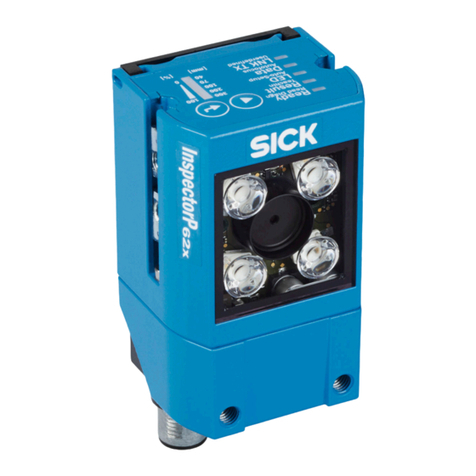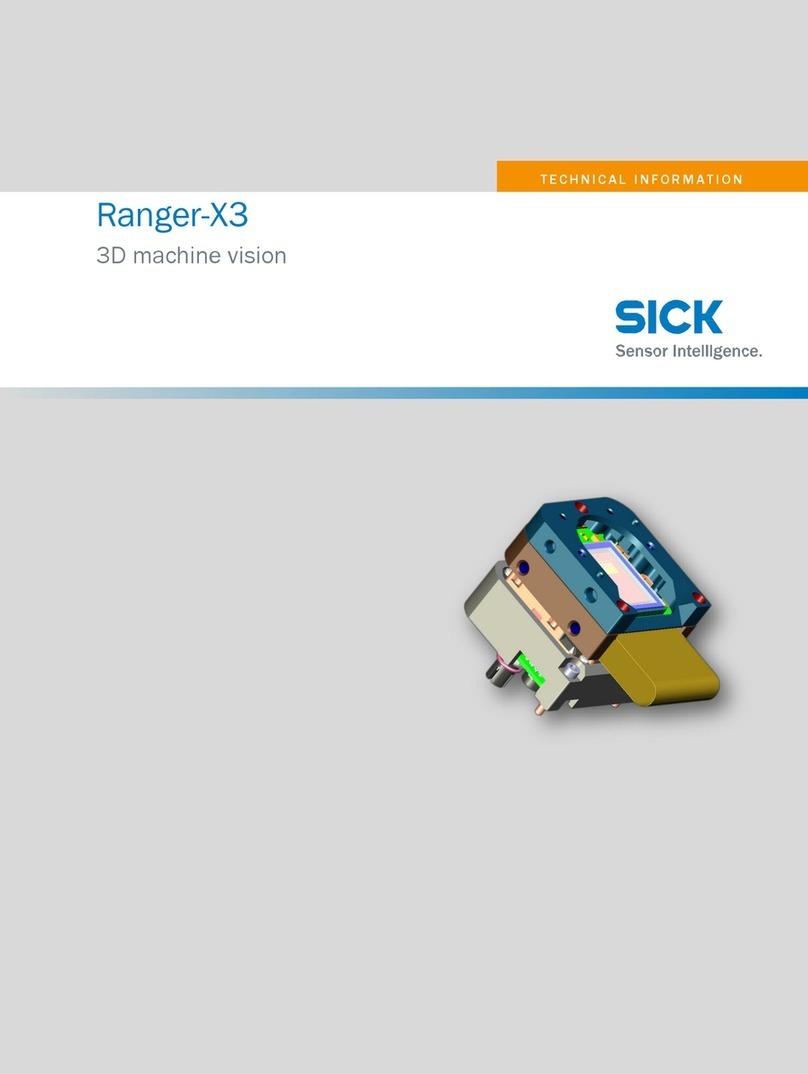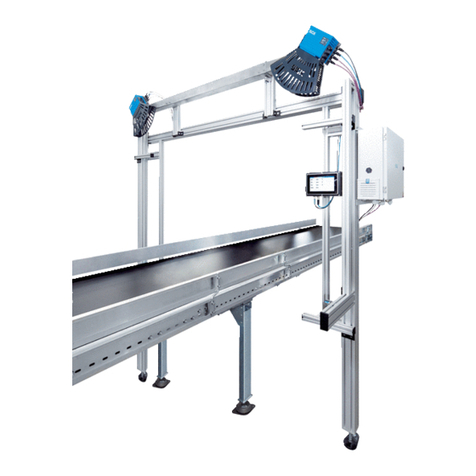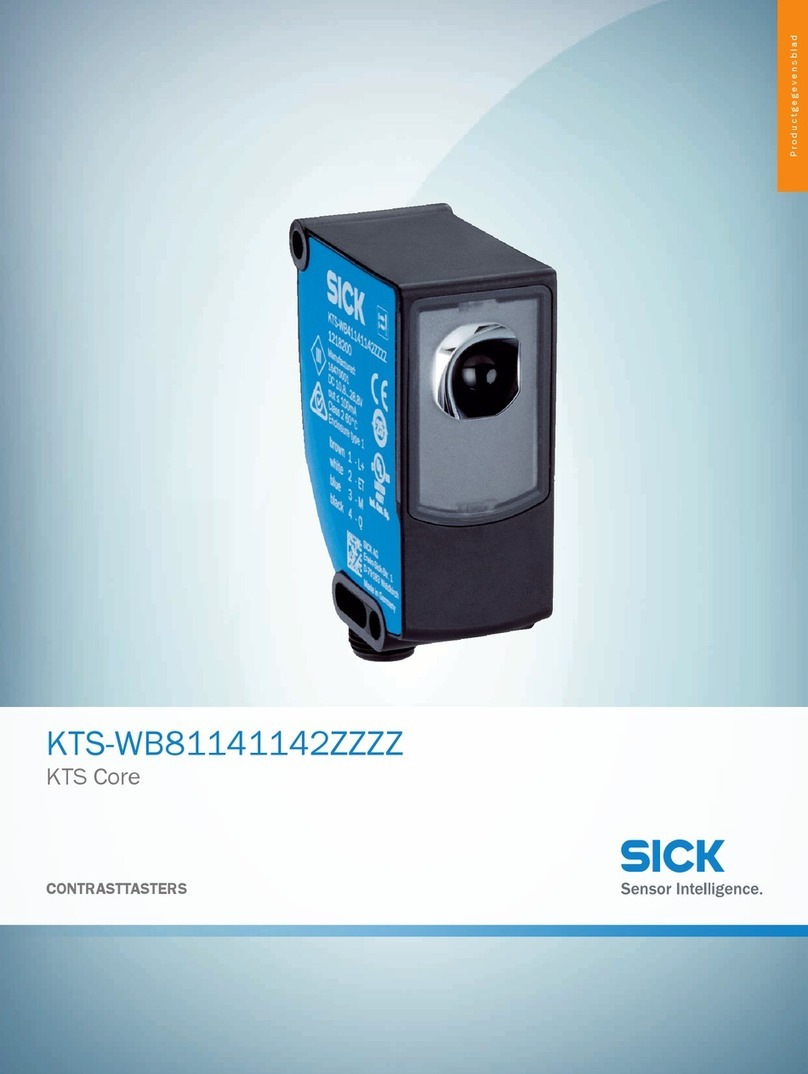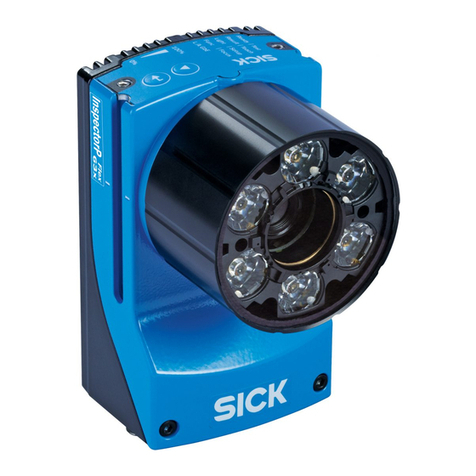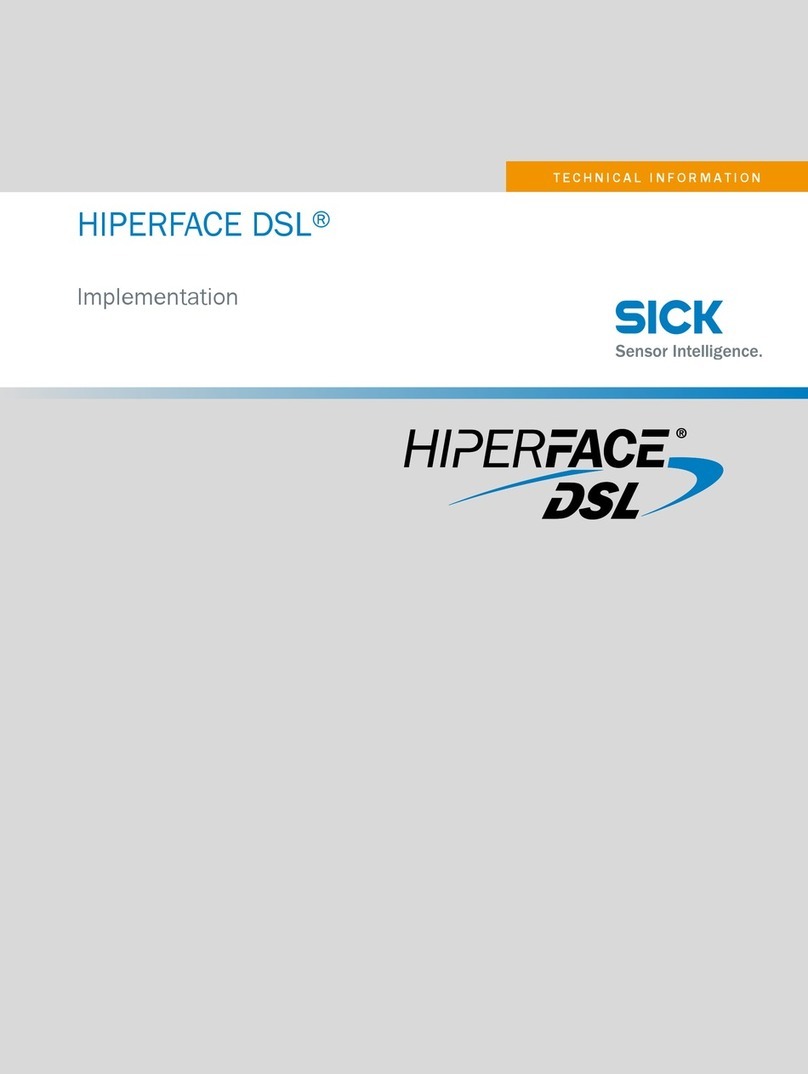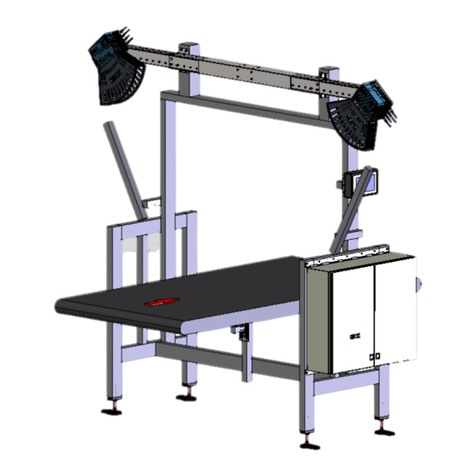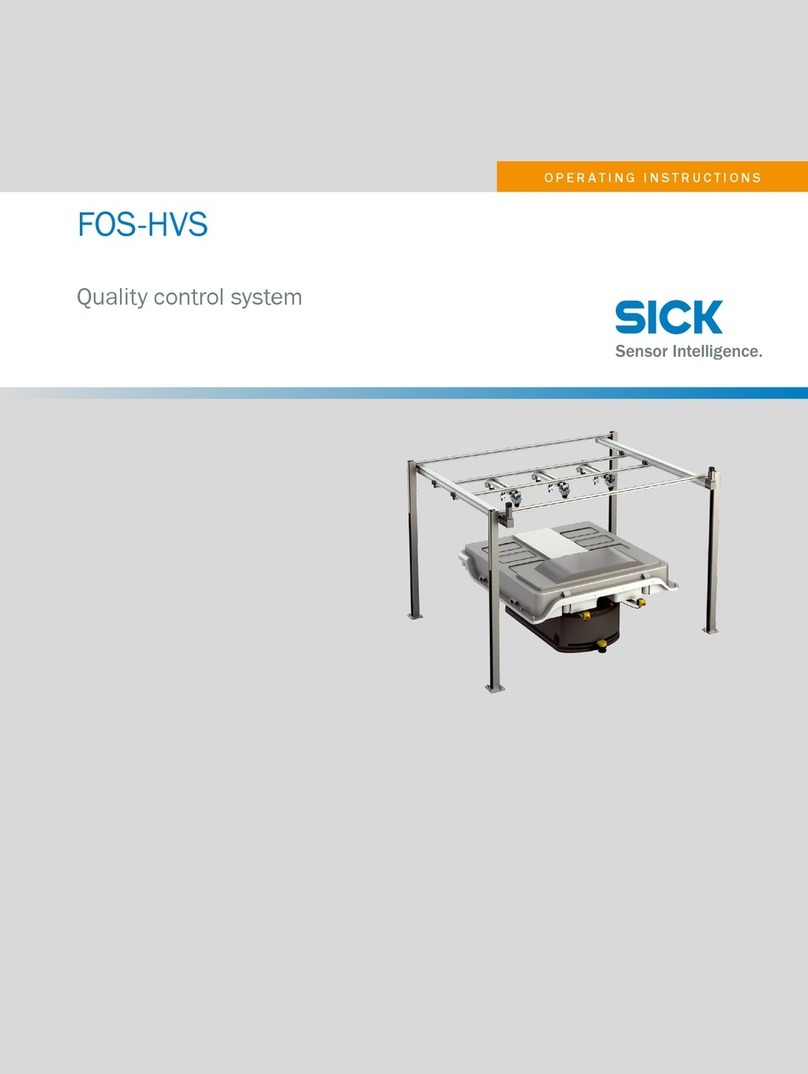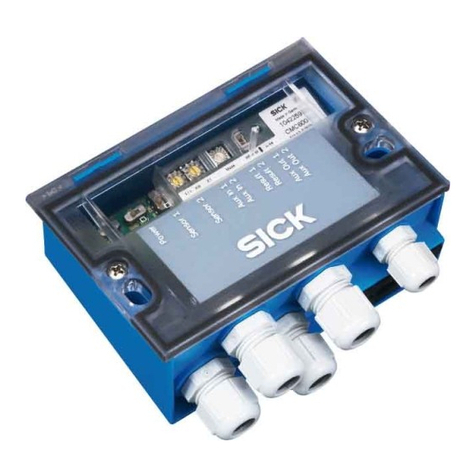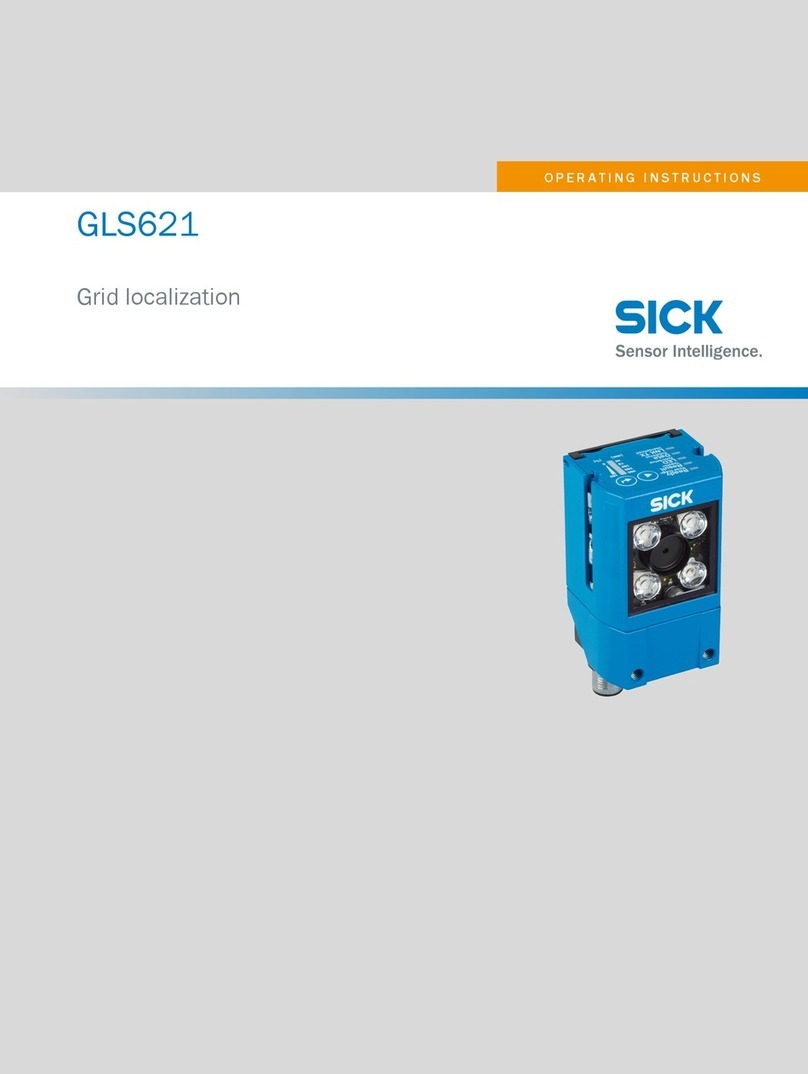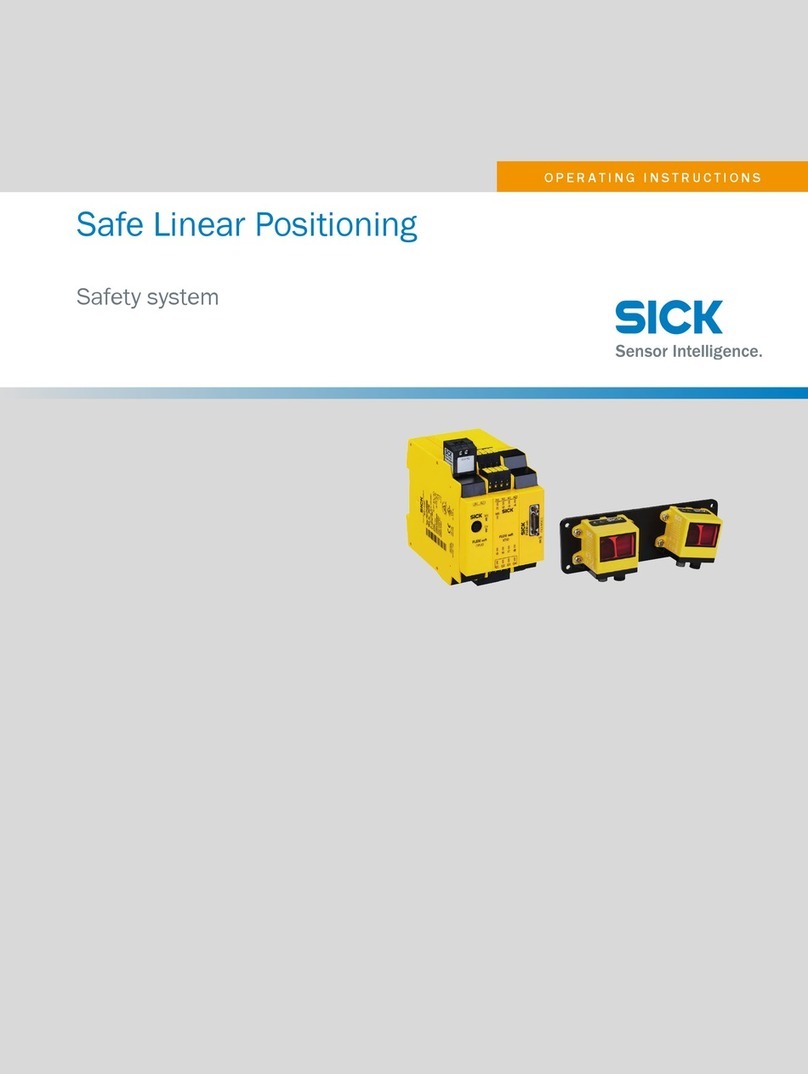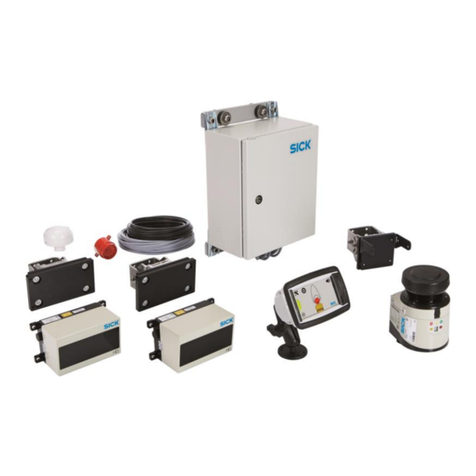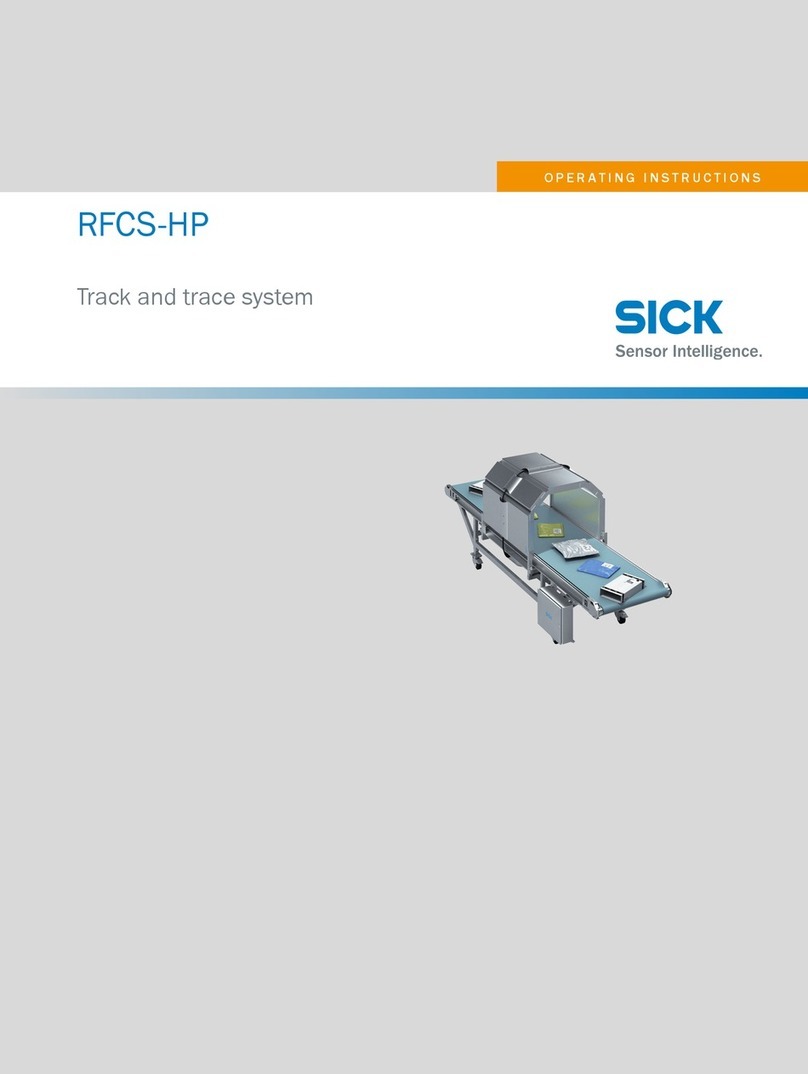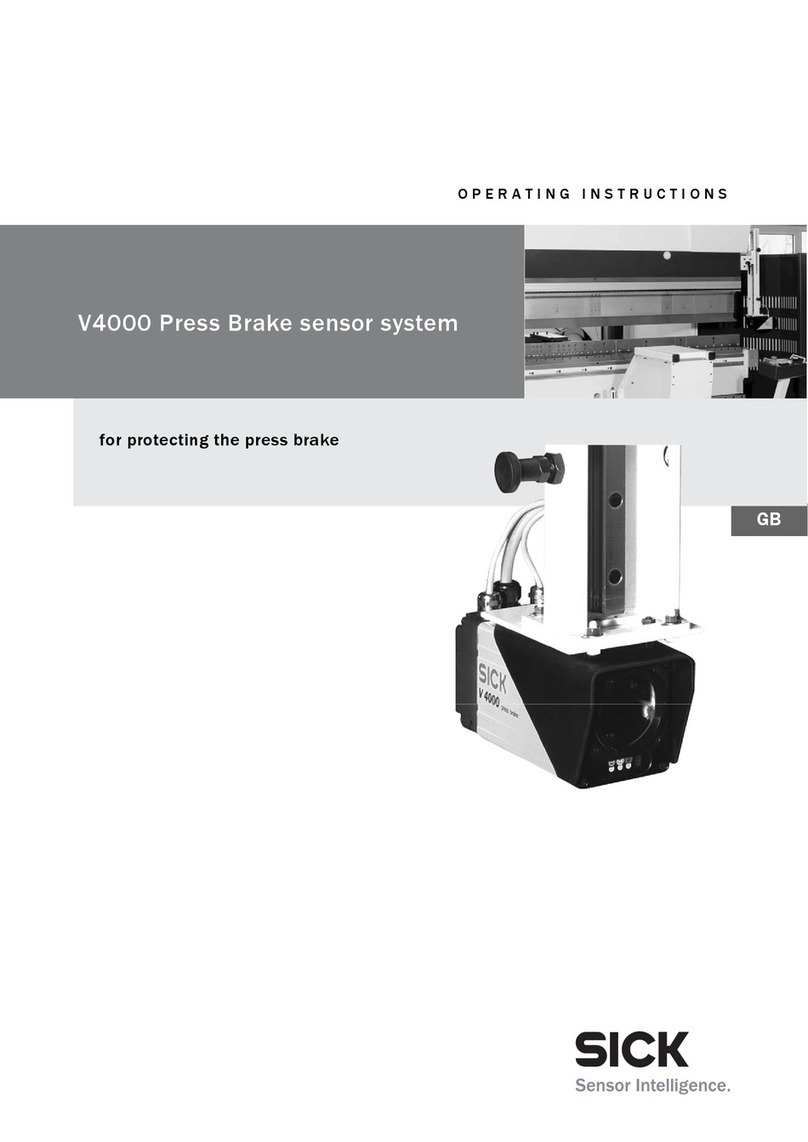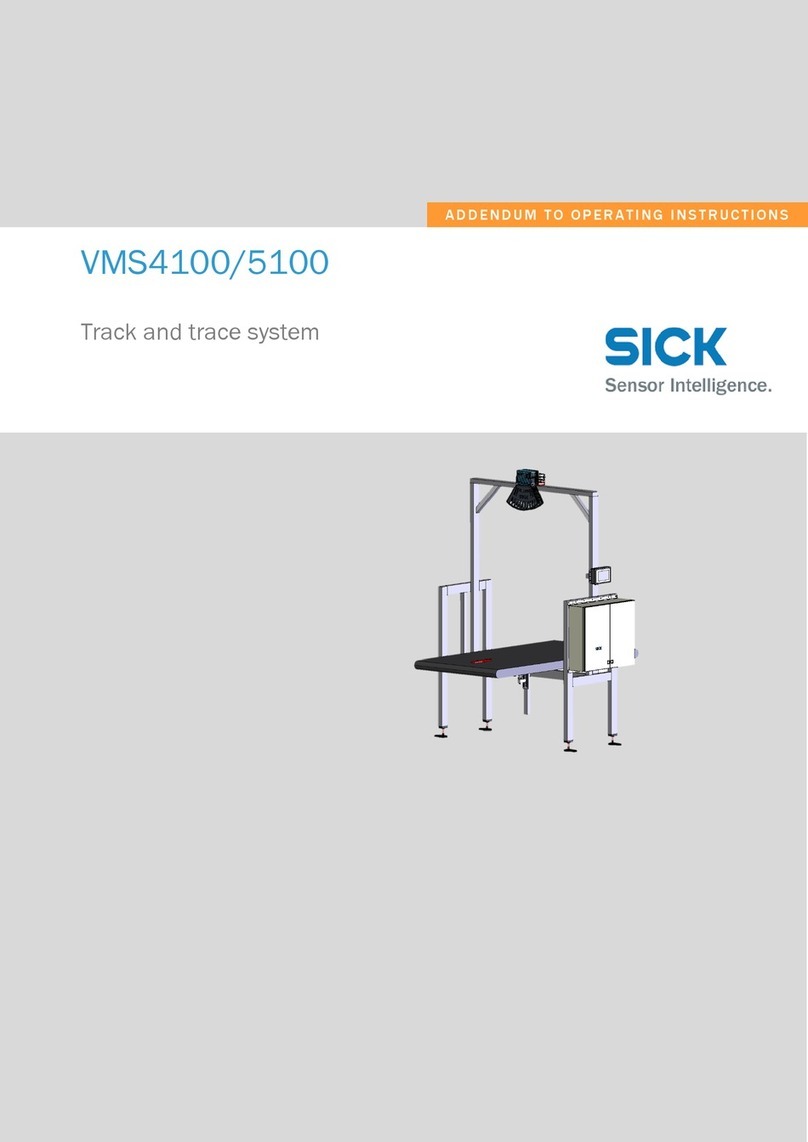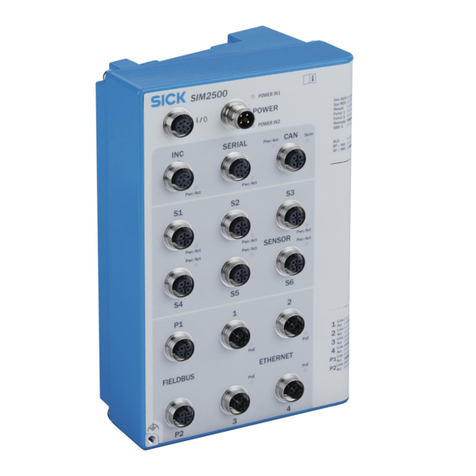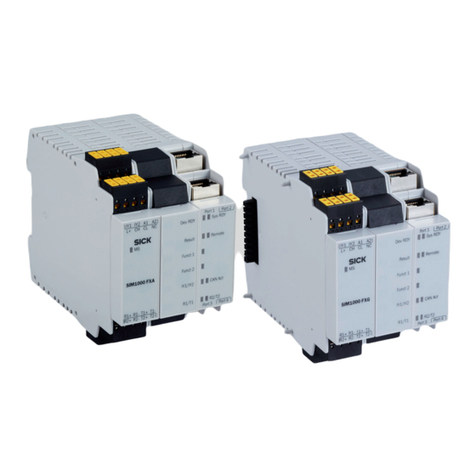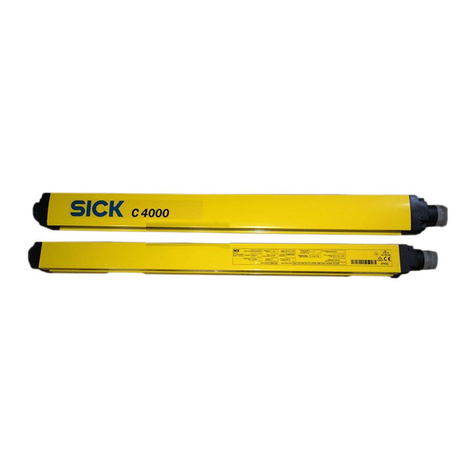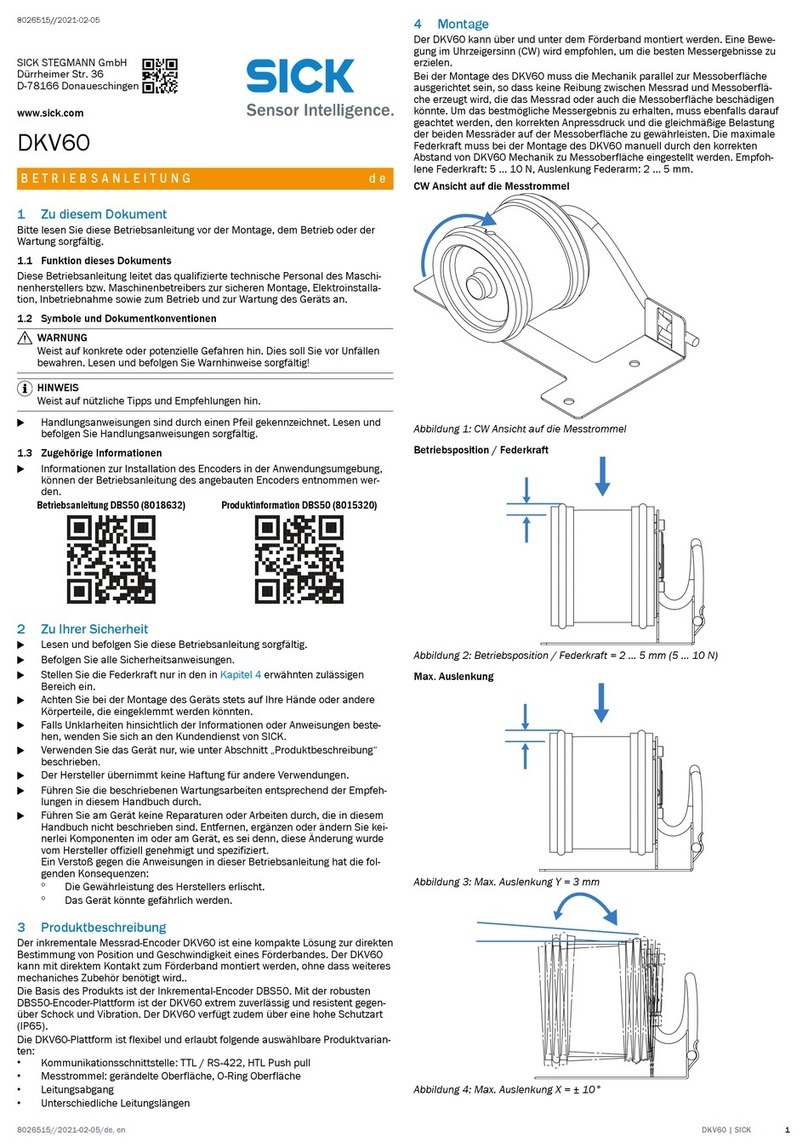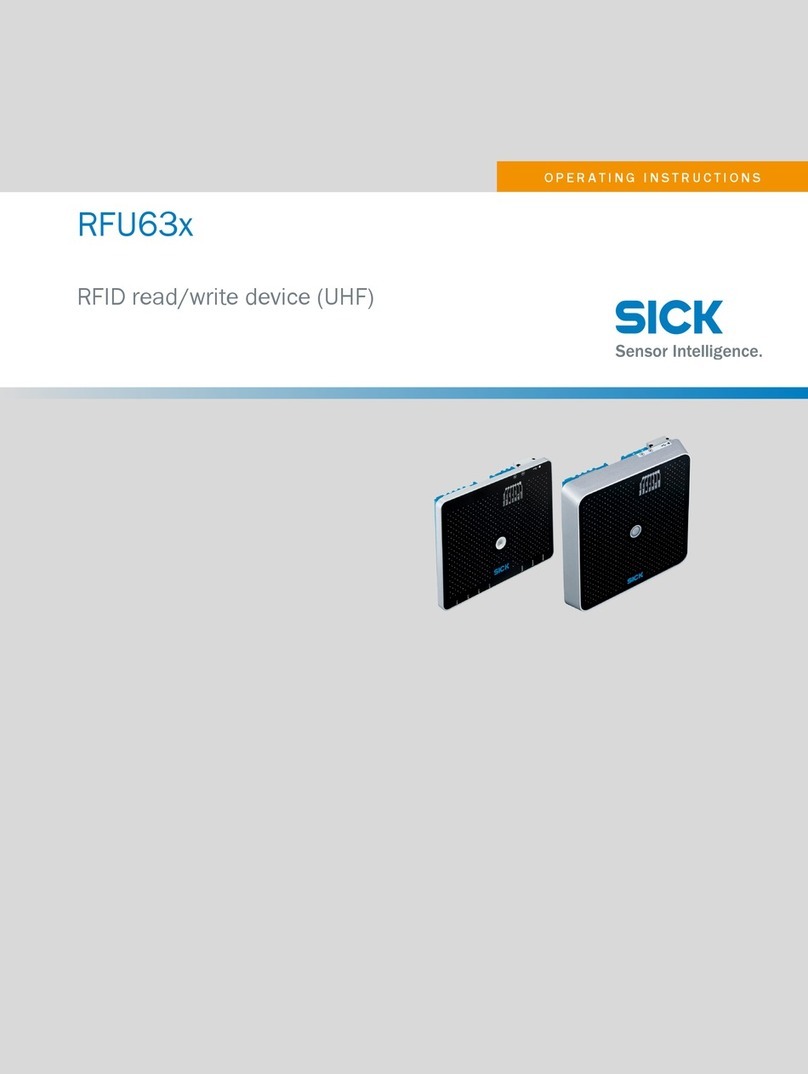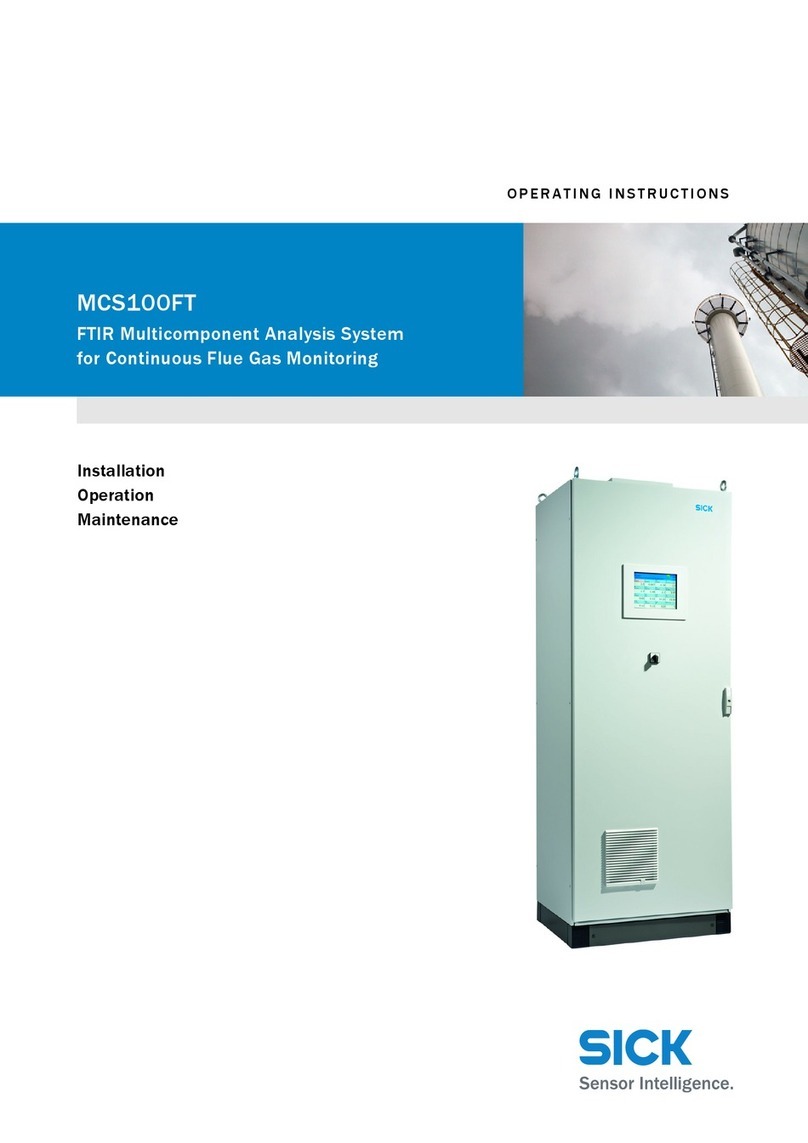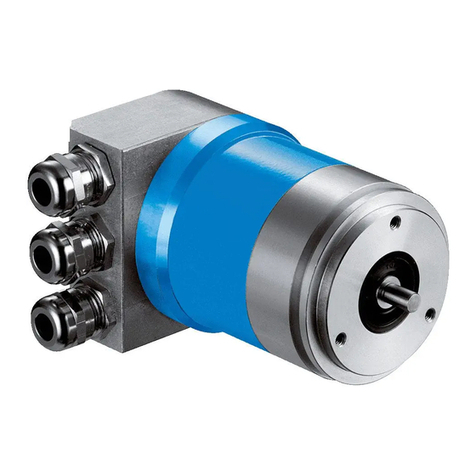
Contents
1 About this document........................................................................ 5
1.1 Information on the operating instructions.............................................. 5
1.2 Explanation of symbols............................................................................ 5
1.3 Further information................................................................................... 6
2 Safety information............................................................................ 7
2.1 General safety notes................................................................................ 7
2.2 Intended use............................................................................................. 7
2.3 Improper use............................................................................................. 7
2.4 Cybersecurity............................................................................................ 8
2.5 Limitation of liability................................................................................. 8
2.6 Modifications and conversions................................................................ 8
2.7 Requirements for skilled persons and operating personnel.................. 9
2.8 Operational safety and specific hazards................................................. 9
3 Product description........................................................................... 11
3.1 Device view................................................................................................ 11
3.2 Functionality.............................................................................................. 11
3.3 SICK AppSpace......................................................................................... 11
3.4 Preset Ethernet interfaces....................................................................... 12
4 Transport and storage....................................................................... 13
4.1 Transport................................................................................................... 13
4.2 Transport inspection................................................................................. 13
4.3 Storage...................................................................................................... 13
5 Mounting............................................................................................. 14
5.1 Overview of mounting procedure............................................................. 14
5.2 Scope of delivery....................................................................................... 14
5.3 Preparing for mounting............................................................................. 14
5.4 Mounting the device................................................................................. 14
6 Electrical installation........................................................................ 15
6.1 Important information.............................................................................. 15
6.2 Preparing the electrical installation......................................................... 15
6.3 Overview of connections.......................................................................... 16
6.4 Pin assignment......................................................................................... 16
6.5 Connecting peripheral devices................................................................ 18
6.6 Connecting voltage supply....................................................................... 18
7 Commissioning.................................................................................. 20
7.1 Preparatory commissioning..................................................................... 20
8 Operation............................................................................................ 21
8.1 Status LEDs............................................................................................... 21
CONTENTS
8028935//2023-09-26 | SICK O P E R A T I N G I N S T R U C T I O N S | SIM800 3
Subject to change without notice
